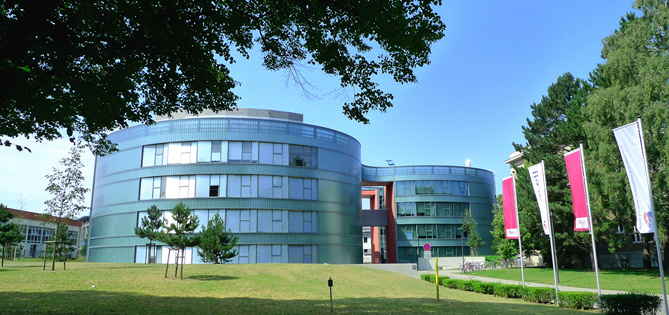Gene Ther. 2004 Apr;11(8):722-8.
Foamy virus-adenovirus hybrid vectors.
Picard-Maureau M, Kreppel F, Lindemann D, Juretzek T, Herchenröder O, Rethwilm A, Kochanek S, Heinkelein M.
To confer adenovirus vectors (AdV), the feature of integration into the host cell genome hybrid vectors were characterized in vitro, which express vectors derived from the prototypic foamy virus (FV) in the backbone of a high-capacity AdV. FVs constitute a subfamily of retroviruses with a distinct replication pathway and no known pathogenicity. In the absence of envelope glycoprotein, the prototypic FV behaves like a retrotransposon, while it behaves like an exogenous retrovirus in its presence. Two principle types of vectors, which either allows the intracellular (HC-FAD-7) or, in addition, the extracellular (HC-FAD-2) pathway were constructed. In both chimeras the expression of the FV vector was controlled by the tetracycline-regulatable system. Hybrids were produced close to 10(10) infectious units/ml. By Southern blotting, the functionality of the hybrid vectors to generate host cell genomic integrants was shown. However, the efficiency of HC-FAD-7 to establish stable transgene expression was rather low, while around 70% of cells were stably transduced in secondary round following primary transduction with HC-FAD-2 at an MOI of 100. Given the benign characteristics of high-capacity adenovirus and FV vectors, hybrids based on HC-FAD-2 are probably suited for an in vivo application.

Kontakt
Institut für Experimentelle Gentherapie und Tumorforschung
Core-Facility Virale Vektor & Genom-Editing Technologien
Biomedizinisches Forschungszentrum
Schillingallee 69
D-18057 Rostock
Sekretariat
Ingrid Winkler
(+49) 381 494-5066(+49) 381 494-5062
ingrid.winkler@med.uni-rostock.de
Department Leben, Licht & Materie
Forschungsbau LL&M
Albert-Einstein-Str. 25
D-18059 Rostock
Forschungsbau LL&M
Albert-Einstein-Str. 25
D-18059 Rostock




